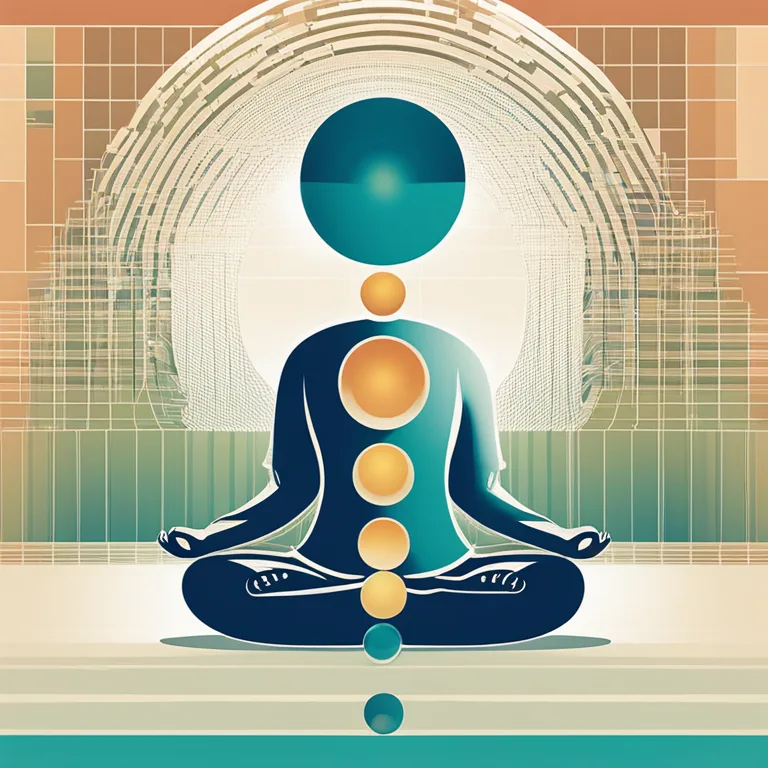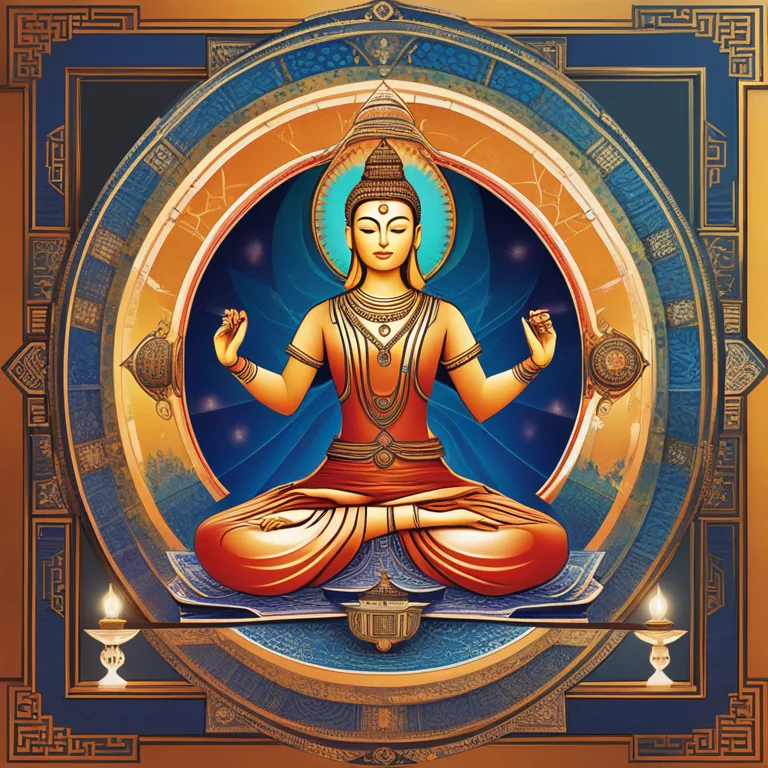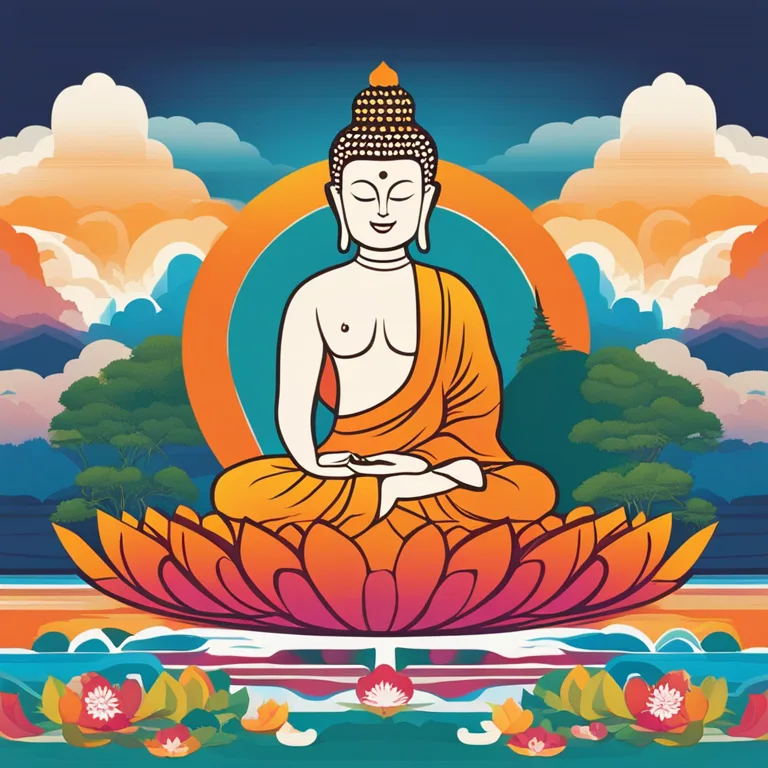
The Roots of Meditation: A Journey through Time
Delve into the ancient origins of meditation techniques and discover how they have evolved to fit our contemporary life.
article by Hina Kurosawa
The Dawn of Meditation
Meditation, while often seen through the lens of modern practice, is steeped in historical resonance that spans many cultures and millennia. Its earliest recorded mention can be traced back to the Indian subcontinent. Thousands of years before the Common Era, the Vedas, ancient Hindu scriptures, describe practices akin to meditation. The Rigveda, one of the oldest of these texts dating from around 1500 BCE to 1000 BCE, already hints at meditative traditions. However, meditation wasn't an exclusively Indian phenomenon; parallel practices existed across different cultures, often as a spiritual or religious rite aimed at attaining deeper understanding or enlightenment.

Meditation in the East
As Buddhism emerged and spread from India, so did its meditation practices, adapting and evolving as they crossed borders. Buddhist meditation, with its goals of mindfulness and nirvana, became central to the faith. By the 6th to 4th centuries BCE, detailed meditation techniques were well established in the Buddhist canon. Moreover, in China and Japan, meditation became a cornerstone of Taoist and Zen practices, both of which focus substantially on observing the mind and finding harmony with the Tao or the natural order. These systems offer structured methods to calm the mind, delve into profound introspection, and achieve a state of Zen or enlightenment.

The Western Adaptation
The concept of meditation traveled westward, where it was embraced by various philosophies and religions. Early Christian monks practiced forms of meditation, often described as contemplative prayer, focusing on divine words or images to attain spiritual insight. Much later, the Theosophical Society, founded in the 19th century, integrated ideas of Hinduism and Buddhism with Western esoteric traditions, catalyzing wider interest in meditation within the Western world. In the 20th century, with scholars and travelers bringing more knowledge from the East, meditation began shedding its exclusively religious connotations, becoming more secular and broadly adopted for its psychological and health benefits.

Scientific Inquiry and Validation
Meditation’s journey into the scientific sphere truly began in the mid-to-late 20th century when researchers started to measure its impacts on the body and mind. This research has continued to expand, with numerous studies in the 21st century indicating that meditation can reduce stress, manage anxiety and depression, improve attention, and even bring about structural changes in the brain. The evolution of neuroimaging techniques, like MRI and EEG, has provided visual evidence of these changes and boosted meditation's credibility as a tool for mental well-being.

Modern Manifestations
In our contemporary era, meditation practices have adapted to the 21st-century lifestyle, becoming accessible through apps, online courses, and corporate wellness programs. These modern methods have combined traditional techniques with contemporary psychological understandings, thus catering to a society that is perpetually connected and yet increasingly seeking detachment and peace. Mindfulness, one specific form of meditation born out of Theravada Buddhism, has especially gained prominence and is frequently incorporated into various therapeutic techniques, such as Mindfulness-Based Stress Reduction (MBSR) and Mindfulness-Based Cognitive Therapy (MBCT).
Embracing Future Potential
Looking forward, meditation seems poised to continue adapting to human needs, with virtual reality meditation and biofeedback-enhanced practices offering new vistas of experiential growth. As our collective understanding of the human mind deepens, meditation techniques can expect further integration into medical, educational, and professional environments. The exploration of meditation has not peaked; instead, it is threading new paths that could lead to even greater realms of discovery for the well-being of humanity.
Published: 1/8/2024
Modified: 1/8/2024
More predictions
Come back here soon to learn more about yourself and your future


Finger Meditation Techniques
Discover the power of finger meditation to harmonize your body and mind, enhancing wellness and inner peace.


Meditation Techniques to Soothe OCD
Discover meditation practices designed to help manage OCD symptoms through mindful awareness and relaxation.


Diverse Meditation Techniques
Explore various meditation methods to enhance your mental clarity, emotional balance, and spiritual insight.